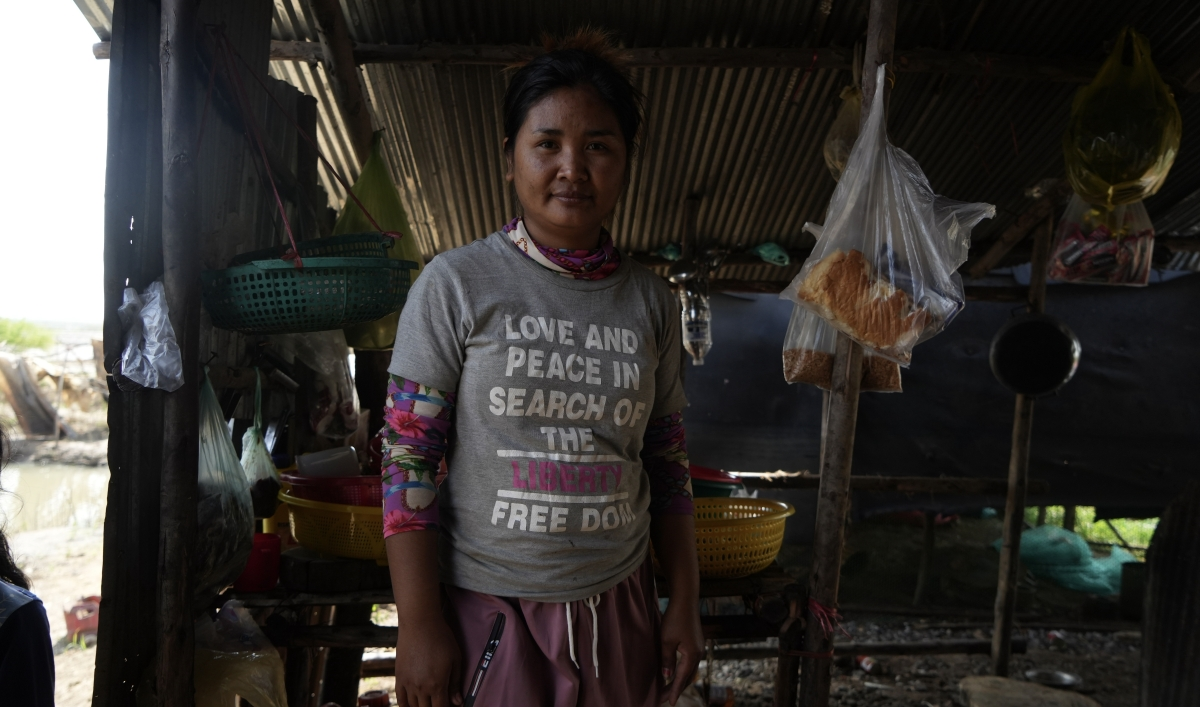The “gig” economy was only ever really set up to exploit the poor and desperate, but at the same time these people need those incomes or those second jobs doing stuff like Uber and door dash and other micro-economy jobs.
It’s really tough to be poor, uneducated, and untrained in modern society because you just get crushed by forces so far beyond your control and you are so far below those forces notice that they hardly care beyond their desires to exploit you.
Microfinance is not the same thing as the gig economy.
I get the differences, but there are similarities, microfinance is just the banking world’s version of the gig economy, still predatory in nature, still exploiting the poor under the guise of helping the poor.
Not shocking that the response to issues in capitalism isn’t “let’s give the poor more capitalism”.
Microfinance promised to help lift millions of people from poverty in the Global South. It’s a way for low-income individuals to access credit — something they couldn’t receive from traditional financial institutions, like banks.
It came to Cambodia in the 1990s as a poverty-alleviation strategy after decades of civil war. At first, microfinance was run by nongovernmental organizations with a number of checks and balances on the size of loans, the number of loans given and interest rates, according to Nithya Natarajan, a lecturer at King’s College London.
But in the early and mid-2000s, commercial banks took over microfinance and wanted to make more profit.
“Those checks and balances were largely eroded because the commercial push meant that the emphasis was more on expanding the market, trying to reach new consumers all the time. So, it went to more poor and more precarious households,” she said.
Use Kiva, provide your own low-interest microfinance loans to individuals and their businesses directly.




